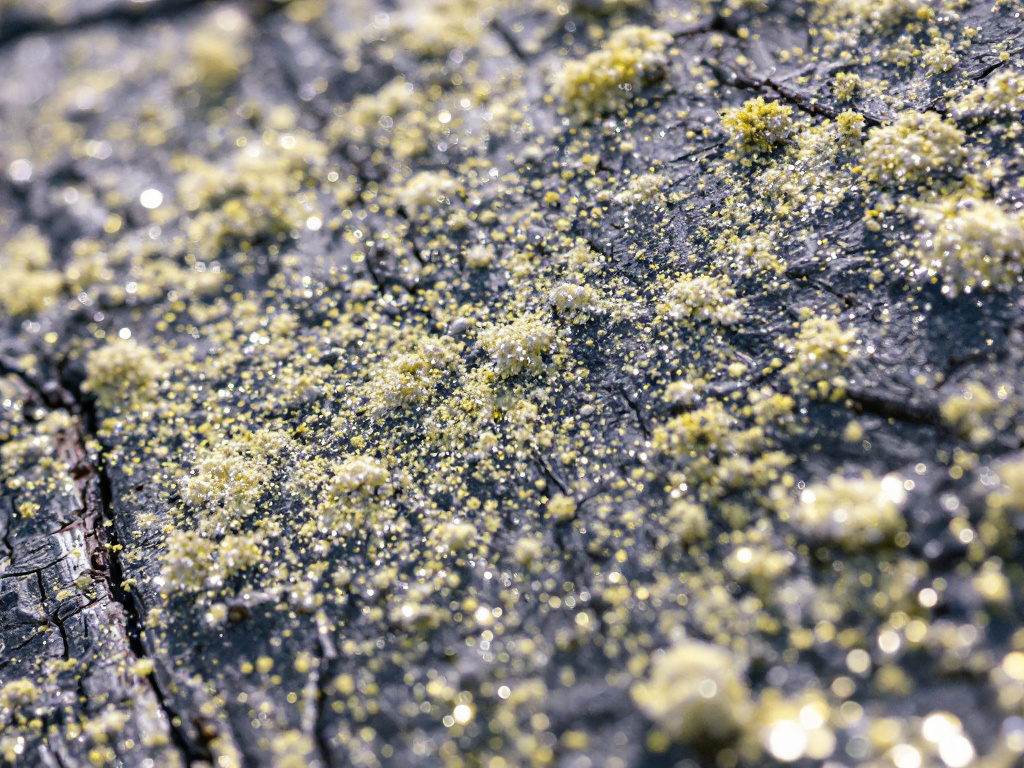If you’ve ever walked out to your car in spring and found it coated in a yellow-green dusting, you already know the culprit: tree pollen. In North Florida, where forests frame neighborhoods and backyards alike, that pollen isn’t just a nuisance—it’s a health issue. A new University of Florida study sheds light on how the very trees that keep our communities shaded and beautiful may also be driving allergy problems in places like Clay County.
Why Trees Matter—and Why They Make Us Sneeze
Trees are more than scenery here. They cool our streets in Middleburg, soften traffic noise along Blanding Boulevard, and provide habitat for songbirds that brighten early mornings in Green Cove Springs. But trees also produce pollen—tiny reproductive grains that float on the wind in staggering numbers.
Not all pollen is equal. Trees that rely on insects like bees to spread pollen don’t release much into the air. But wind-pollinated trees, such as pines and oaks—the very species that dominate yards and pastures in Clay County—release clouds of it each spring. That’s when allergy sufferers feel it most, with watery eyes, sneezing, congestion, and in severe cases, asthma flare-ups.
Counting Allergens, One Tree at a Time
Researchers use a tool called the Ogren Plant-Allergy Scale (OPALS) to rank trees from 1 (least allergenic) to 10 (most allergenic). Female trees of some species, like waxmyrtle and holly, rank low because they don’t release pollen. Their male counterparts, however, rank much higher, producing the pollen that coats ponds, porches, and pickup trucks across North Florida each spring.
Some Clay County favorites are friendlier to allergy sufferers than others. Southern magnolia, with its glossy leaves and fragrant blooms, scores a mid-level 5. Tulip poplar and sparkleberry score even lower, meaning they’re less likely to irritate sinuses. On the other hand, laurel oaks and river birch rate high, though birch at least has a short blooming season.
Weather’s Role in Pollen Season
Anyone who works outside—whether tending cattle in Keystone Heights or mowing lawns in Oakleaf—knows pollen isn’t the same every year. Weather plays a major role. A hard freeze can delay pollen release, while a mild winter, like the ones Florida often sees, can kickstart allergy season as early as January. Windy days scatter pollen farther and wider, while rain offers temporary relief by knocking pollen from the air.
Why This Matters in Clay County
With nearly one in four Clay residents under 18 and another 17 percent over 65, the county has large groups vulnerable to allergies and asthma. Families with kids in 4-H programs, seniors tending backyard gardens, and commuters facing 30-minute drives with windows down are all affected by seasonal pollen. Allergies cost Americans $18 billion a year in health expenses—lost workdays, doctor visits, and medication. For a fast-growing county like Clay, balancing tree cover with community health is more than an academic concern.
What Residents Can Do
The UF researchers suggest practical steps:
Choose low-allergy trees when planting, favoring species with OPALS ratings of 5 or less.
Opt for female trees in species where male trees produce heavy pollen.
Plan around pollen season: Dry clothes indoors, limit outdoor chores on windy days, and shower after working outside.
Maintain filters: Regularly replace air conditioner and air purifier filters during peak season.
For Clay County residents, the message is clear: trees are vital to our way of life, but so is smart planning. Selecting the right trees for yards, parks, and new developments can help reduce the springtime allergy burden without sacrificing the shade and character that make North Florida living what it is.
As UF’s research reminds us, the trees around us are both friends and foes. With a little foresight, Clay County can keep enjoying the beauty of its urban forest—while sneezing a little less.
When Shade Turns Sneezy: How Clay County’s Trees Affect Allergy Season

